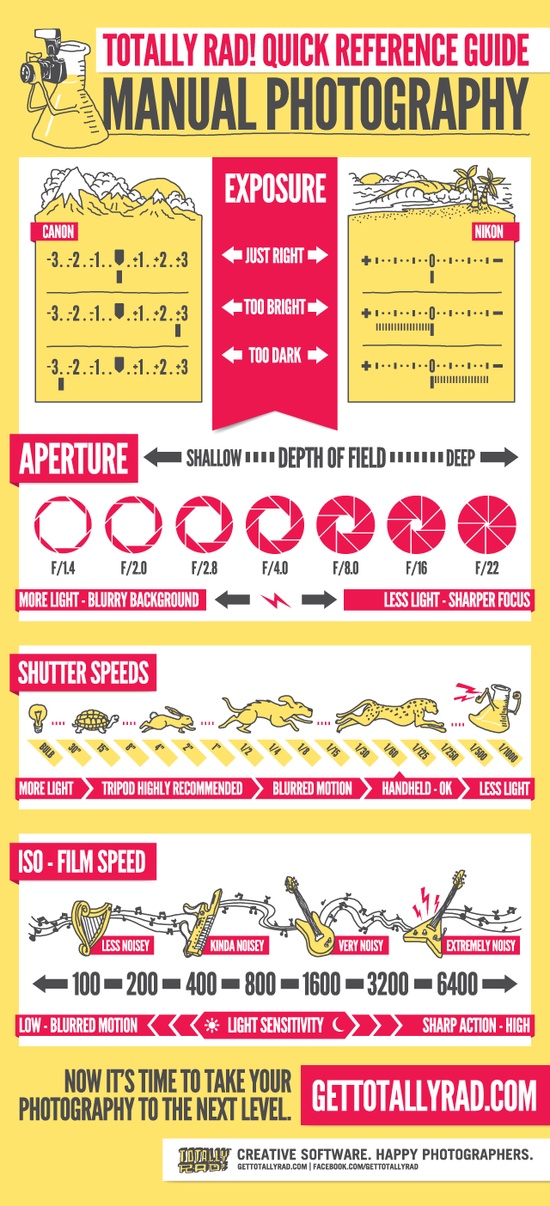What Every Professional Photographer Ought To Learn About Lighting
What Every Professional Photographer Ought To Learn About Lighting
Blog Article
Writer-Caldwell Fraser
As a photographer, you know that illumination can make or damage your images. Understanding Writer headshots of both all-natural and man-made light is vital for recording the mood and clearness you go for in your work. Whether you're going after the best gold hour glow or adjust your fabricated configurations, understanding these aspects can raise your digital photography considerably. However there prevail risks that lots of neglect, and recognizing them can change your method to every shoot. Let's explore what you could be missing out on and how it can affect your outcomes.
Comprehending All-natural Light
Understanding all-natural light is important for any digital photographer wanting to boost their job. It's the foundation of wonderful digital photography, affecting state of mind, tone, and clarity. When you fire outdoors, take notice of the moment of day. The gold hour-- shortly after sunrise and before sundown-- provides soft, warm light that can change average scenes right into stunning photos.
Do not underestimate the power of cloudy days. Cloud cover diffuses sunlight, creating a soft, also light that's excellent for portraits and macro photography. You'll locate shades appear this type of illumination without harsh darkness.
Placing issues, also. Constantly consider your topic's positioning to the source of light. If the sun's behind your subject, you might wind up with a shape, which can be dramatic however mightn't be what you want. Conversely, direct sunshine can produce uncomplimentary shadows.
Trying out angles; sometimes, altering your point of view can produce outstanding outcomes. Usage all-natural reflectors, like water or sand, to jump light onto your topic, including measurement.
Mastering Artificial Light
Mastering artificial light is crucial for photographers who want to take their skills to the next degree. Whether you're utilizing speedlights, studio strobes, or continual lights, understanding how to manipulate these resources can substantially enhance your photos.
Begin by familiarizing on your own with the basics of light top quality, instructions, and shade temperature. Try out various modifiers like softboxes, umbrellas, or grids to regulate the soft qualities or cruelty of the light.
You'll discover that soft light commonly creates flattering results, while harsher light can include dramatization and deepness. Do not shy away from shadows; they can enhance the three-dimensionality of your subjects.
Pay close attention to the positioning of your lights. https://www.apple.com/newsroom/2019/11/apple-partners-with-100cameras-to-teach-chicago-students-photography-with-iphone/ located too near your topic can develop uncomplimentary results, while also away can bring about a lack of information. Make use of a light meter or your cam's histogram to guarantee you're revealing properly.
Last but not least, remember that artificial light can be mixed with ambient light for creative impacts. Stabilizing these sources could take technique, but once you master it, your digital photography will really beam.
Methods for Different Situations
When you step into various shooting circumstances, adapting your illumination methods is vital for capturing the most effective pictures. For exterior portraits, use the golden hour-- morning or late afternoon light-- to soften darkness and boost complexion.
If it's a rough midday sun, consider using a reflector to bounce light back onto your subject or seek shaded areas for a more even exposure.
In low-light scenarios, like indoor events, enhance your ISO and use a wide aperture to let in even more light. A tripod can assist eliminate electronic camera shake, permitting longer exposures without blurring.
If you're contending evening, experiment with off-camera flash to create vibrant lighting and depth in your photos.
For product photography, utilize diffused lights to stay clear of harsh representations. Softboxes or light camping tents can help achieve this impact.
When photographing landscapes, think about the instructions of light and time of day, as it can dramatically alter the mood of your shot.
Constantly prepare to readjust your settings and positioning based on the circumstance, as versatility is vital to mastering lights in photography.
Final thought
To conclude, grasping lighting is crucial to raising your digital photography skills. Welcome natural light's beauty throughout golden hour, and do not shy away from experimenting with synthetic light techniques. By adapting your technique to different scenarios, you'll catch stunning photos that resonate with emotion and clearness. Remember, the right illumination can transform a common shot into something extraordinary, so maintain practicing and fine-tuning your understanding of both all-natural and synthetic light. Delighted capturing!
